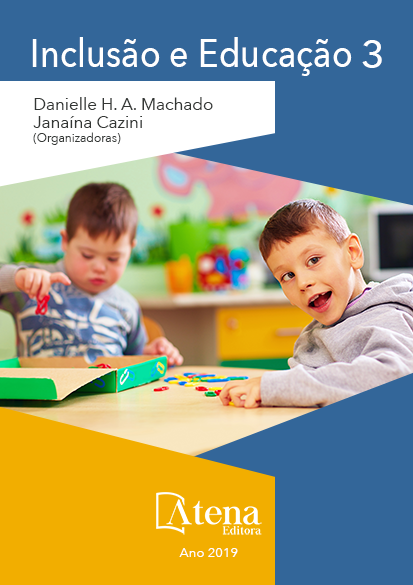
A fisioterapia aplicada em crianças com paralisia cerebral utilizando os princípios da integração sensorial
A paralisia cerebral se caracteriza
por um transtorno persistente ao tônus
muscular, postura e ao movimento, acarretando
em limitações funcionais crônicas. Objetivo:
verificar o efeito da integração sensorial em
crianças com paralisia cerebral, de ambos os
sexos, com idade entre 1 e 5 anos. A pesquisa foi
realizada na AMCIP – Associação Mantenedora
do Centro Integrado de Prevenção – com
amostra composta por 7 crianças portadoras de
paralisia cerebral. Os instrumentos utilizados
para a coleta de dados foram a ficha de avaliação
e a avaliação motora pela escala GMFM. A
intervenção fisioterapêutica ocorreu por um
mês consecutivo, com total de 8 atendimentos,
frequência de duas vezes semanais e duração
de 30 minutos cada. Os exercícios foram
aplicados de acordo com os autores Allegretti
et al. (2007) e Cargnin e Mazzitelli (2003). A
análise estatística descritiva foi utilizada para a
caracterização do presente estudo, a depender
do tipo de variável e da distribuição dos
dados. As diferenças entre avaliação pré e pós
intervenção, foram analisadas por meio do teste
de Mann Whitney ou teste t. Foram avaliados
cinco dimensões da escala GMFM, apontando
respostas motoras diferentes entre as crianças
que, quando analisadas individualmente, os
pacientes com menor comprometimento motor
apresentaram um maior grau de melhora
quando comparados com pacientes com maior
comprometimento motor. Este estudo aponta
que a aplicação da fisioterapia motora, quando
associada à integração sensorial em crianças
com paralisia cerebral, pode ser benéfica,
proporcionando uma melhora significativa nas
atividades de vida diária dessas crianças, assim
como no tratamento fisioterapêutico.
A fisioterapia aplicada em crianças com paralisia cerebral utilizando os princípios da integração sensorial
-
DOI: 10.22533/at.ed.31519150113
-
Palavras-chave: Paralisia cerebral. Fisioterapia. Tratamento. Estimulação sensorial.
-
Keywords: Cerebral palsy. Physiotherapy. Treatment. Stimulation sensory.
-
Abstract:
Cerebral palsy is characterized by
a persistent disorder of muscle tone, posture
and movement, leading to chronic functional
limitations. Objective: To verify the effect of
sensory integration in children with cerebral
palsy, of both sexes, aged between 1 and 5
years. The research was carried out at AMCIP -
The Integrated Center for Prevention Prevention - with a sample composed of 7 children
with cerebral palsy. The instruments used for the data collection were the evaluation
form and the motor assessment by the GMFM scale. Physical therapy intervention
occurred for a consecutive month, with a total of 8 visits, frequency of twice weekly
and duration of 30 minutes each. The exercises were applied according to the authors
Allegretti et al. (2007) and Cargnin and Mazzitelli (2003). The descriptive statistical
analysis was used to characterize the present study, depending on the type of variable
and the distribution of the data. The differences between pre and post intervention
evaluation were analyzed using the Mann Whitney test or t test. Five dimensions of the
GMFM scale were evaluated, indicating different motor responses among children who,
when analyzed individually, patients with lower motor impairment presented a greater
degree of improvement when compared with patients with greater motor impairment.
This study indicates that the application of motor physical therapy, when associated
with sensory integration in children with cerebral palsy, can be beneficial, providing
a significant improvement in the daily activities of these children, as well as in the
physiotherapeutic treatment.
-
Número de páginas: 15
- Cristiane Gonçalves Ribas


